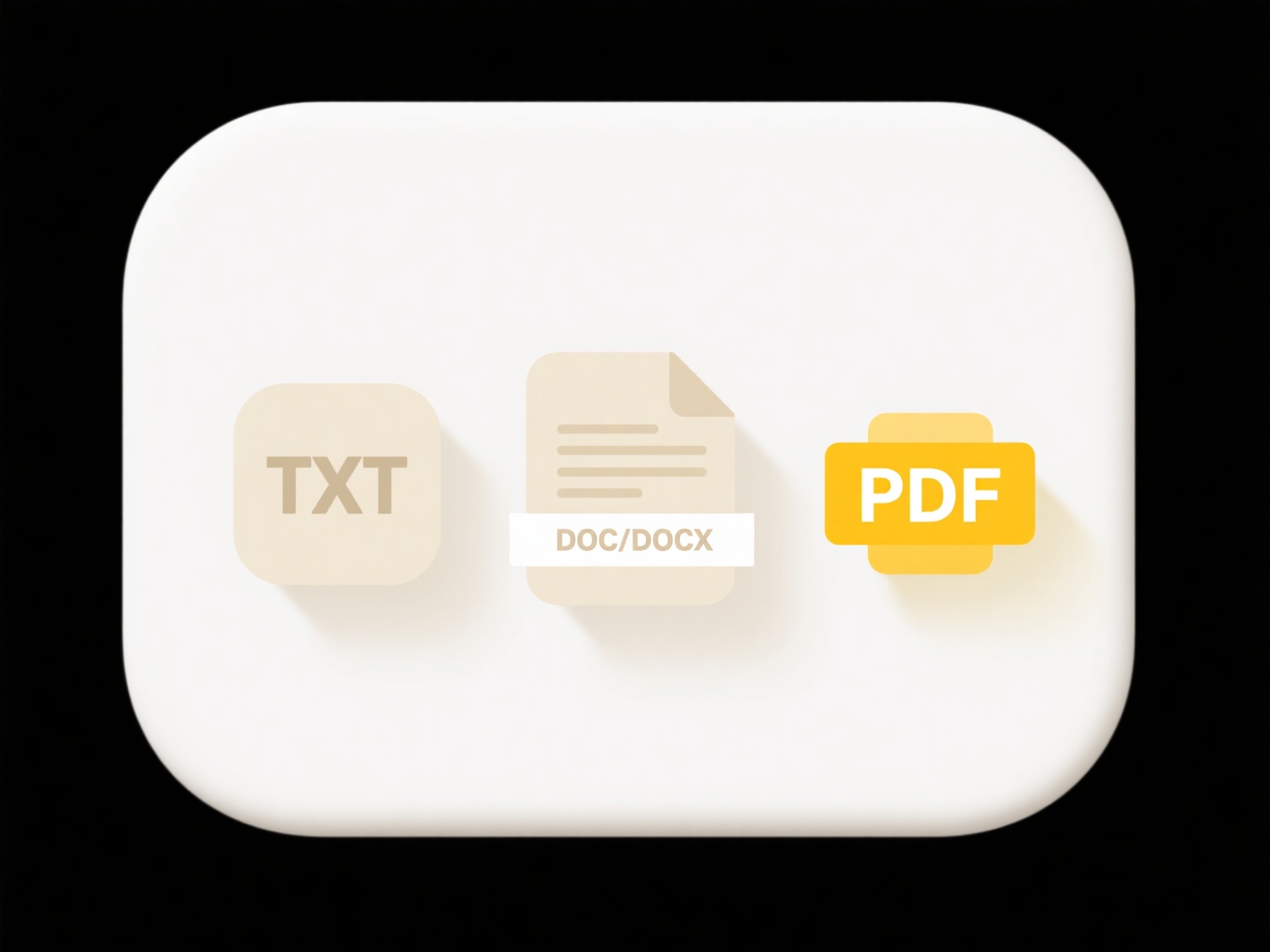
Naming folders and files systematically is crucial for efficiently organizing tax and financial documents, ensuring quick retrieval and supporting audit readiness. This involves creating consistent naming conventions that clearly identify the document's purpose, year, and relevant parties. Instead of vague names like "bank stuff," specific naming includes dates, document types, and descriptive keywords. This approach fundamentally differs from ad hoc naming by creating a predictable, searchable structure.
For example, an individual might name a file "2024-W2_AcmeCorp_JohnDoe.pdf". An S-corp could organize a folder as "Tax_Returns\2023\2023-Federal-Tax-Return_Final.pdf". Key document types benefiting from this include bank statements (e.g., "2024-02_Chase_Checking_Statement"), receipts for deductions, and loan agreements. Platforms like cloud storage (Dropbox, OneDrive) and accounting software backup folders significantly benefit from this structured approach.

Well-named files drastically reduce time spent searching and minimize the risk of overlooking documents during tax filing or audits. Scalability is a key advantage, though maintaining consistency requires initial discipline. Store sensitive documents in encrypted folders or password-protected drives. Future advancements may involve AI-assisted tagging, but robust naming remains the reliable core foundation for personal and small business financial management.
How do I name folders/files for tax or financial documents?
Naming folders and files systematically is crucial for efficiently organizing tax and financial documents, ensuring quick retrieval and supporting audit readiness. This involves creating consistent naming conventions that clearly identify the document's purpose, year, and relevant parties. Instead of vague names like "bank stuff," specific naming includes dates, document types, and descriptive keywords. This approach fundamentally differs from ad hoc naming by creating a predictable, searchable structure.
For example, an individual might name a file "2024-W2_AcmeCorp_JohnDoe.pdf". An S-corp could organize a folder as "Tax_Returns\2023\2023-Federal-Tax-Return_Final.pdf". Key document types benefiting from this include bank statements (e.g., "2024-02_Chase_Checking_Statement"), receipts for deductions, and loan agreements. Platforms like cloud storage (Dropbox, OneDrive) and accounting software backup folders significantly benefit from this structured approach.

Well-named files drastically reduce time spent searching and minimize the risk of overlooking documents during tax filing or audits. Scalability is a key advantage, though maintaining consistency requires initial discipline. Store sensitive documents in encrypted folders or password-protected drives. Future advancements may involve AI-assisted tagging, but robust naming remains the reliable core foundation for personal and small business financial management.
Related Recommendations
Quick Article Links
How do I search for files by date modified?
Searching for files by date modified means filtering your computer's files based on the timestamp of their last alterati...
How do I enable advanced search in file management apps?
Advanced search refers to file management features beyond simple name searches, allowing you to locate files based on de...
How do I manage cloud files via File Explorer or Finder?
Managing cloud files via File Explorer (Windows) or Finder (macOS) involves using syncing applications installed on your...